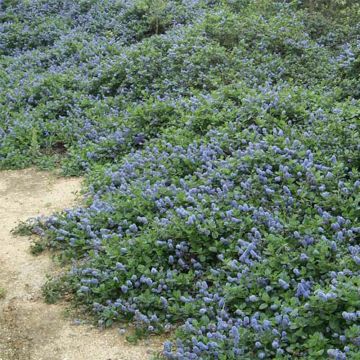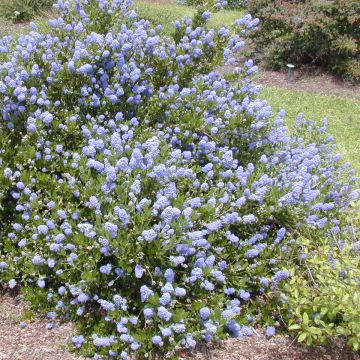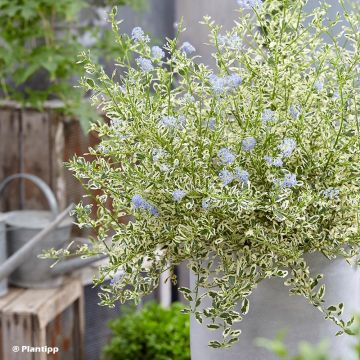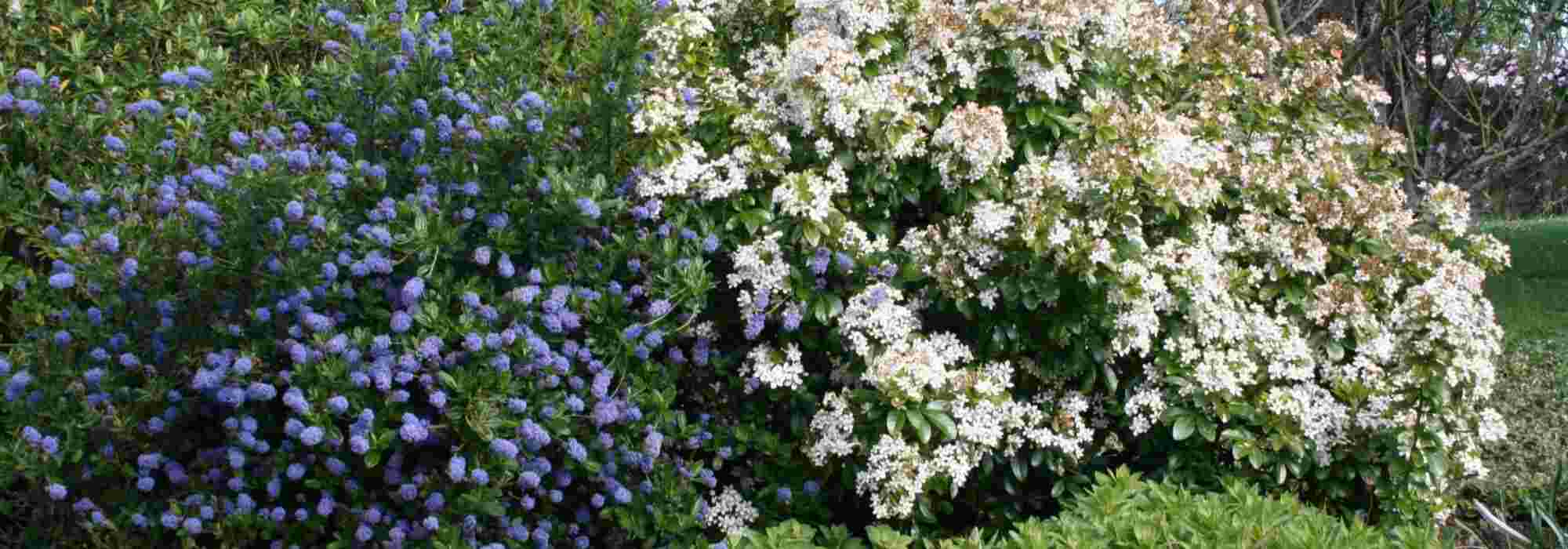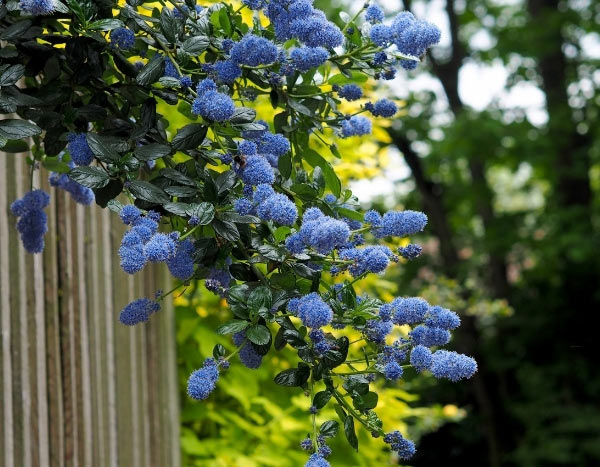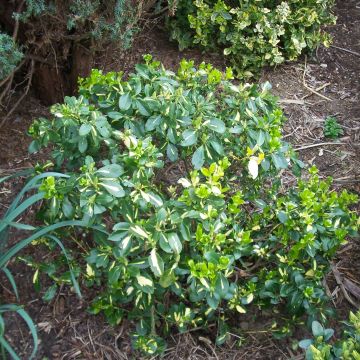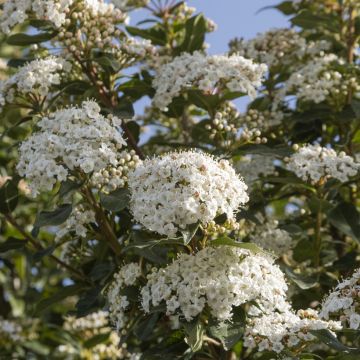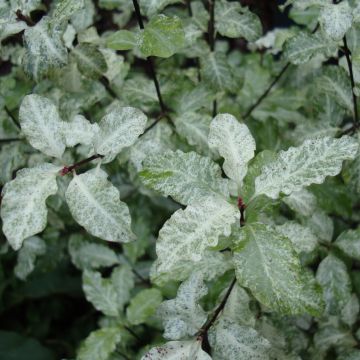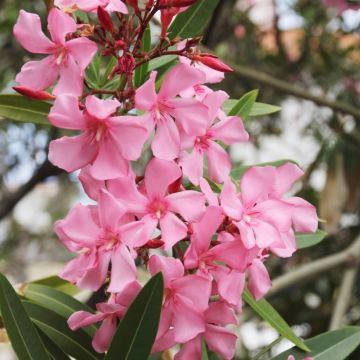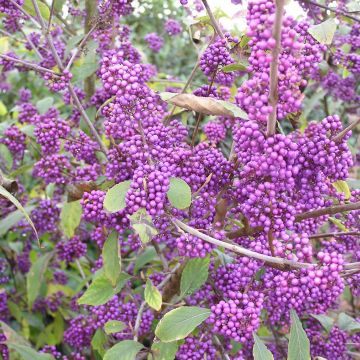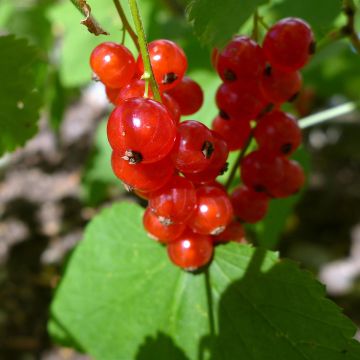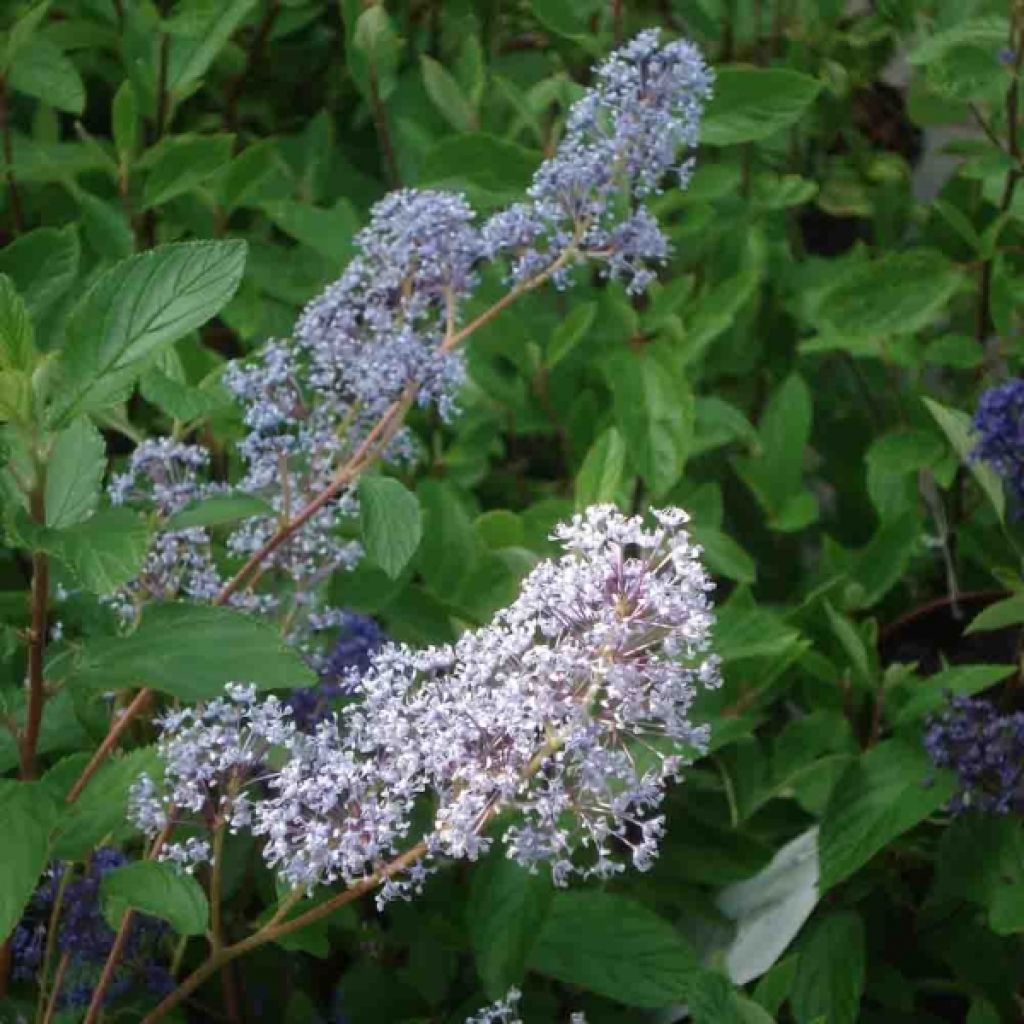

Ceanothus delilianus Gloire de Versailles
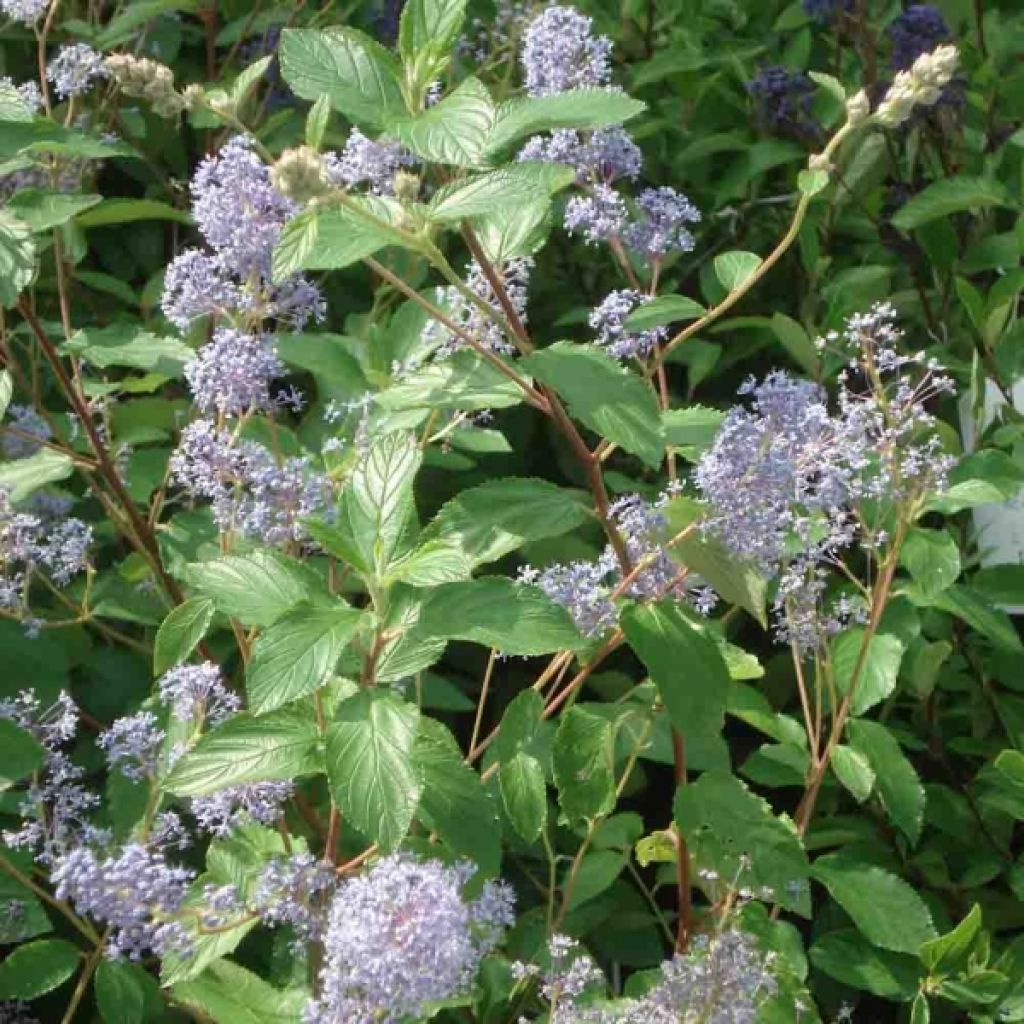

Ceanothus delilianus Gloire de Versailles
Ceanothus delilianus Gloire de Versailles
Ceanothus x delilianus Gloire de Versailles
California Lilac
Great comeback, and always a magnificent flowering. A sure value and among my favorites :))
Irène, 25/08/2024
Special offer!
Receive a €20 voucher for any order over €90 (excluding delivery costs, credit notes, and plastic-free options)!
1- Add your favorite plants to your cart.
2- Once you have reached €90, confirm your order (you can even choose the delivery date!).
3- As soon as your order is shipped, you will receive an email containing your voucher code, valid for 3 months (90 days).
Your voucher is unique and can only be used once, for any order with a minimum value of €20, excluding delivery costs.
Can be combined with other current offers, non-divisible and non-refundable.
Home or relay delivery (depending on size and destination)
Schedule delivery date,
and select date in basket
This plant carries a 24 months recovery warranty
More information
We guarantee the quality of our plants for a full growing cycle, and will replace at our expense any plant that fails to recover under normal climatic and planting conditions.

Would this plant suit my garden?
Set up your Plantfit profile →
Description
Ceanothus 'Gloire de Versailles' is a beautiful bushy and vigorous shrub, whose very beautiful, tender blue, summer flowering lasts until autumn. It is more resistant to cold than some Californian ceanothuses, but requires a well-drained soil that remains slightly moist in summer to fully thrive. Its large powdery, slightly scented flower panicles are also highly appreciated by butterflies and bees. It is an excellent companion for roses in a shrub border or in a small informal hedge.
The Ceanothus x delilianus 'Gloire de Versailles' was obtained in France in 1830. This horticultural hybrid is the result of cross-breeding between the very hardy Ceanothus americanus, widely spread in North America, and the C. caeruleus, native to Central America (Mexico), which is much more sensitive to cold. 'Gloire de Versailles' does not like too dry and/or chalky soils, nor heavy, clay and wet soils. This hybrid is the hardiest of all, it can withstand short frosts of about -15°C (5°F).
It is a bushy shrub with a slightly open habit, of medium growth, which rarely exceeds twenty years old. A mature specimen will measure on average 1.50m (4ft 11in) in all directions. Its branches bear ovate, tender green leaves arranged alternately, with three veins, measuring 8 to 10cm (3.9in) long, from spring. They generally fall in autumn, depending on the climate. The decorative interest of this ceanothus lies in its long and beautiful flowering which starts in June-July and can continue in successive waves until October. It is made up of light and upright panicles, 10 to 15cm (5.9in) long, located in the axils of the leaves and at the terminal part of the current year's branches. Each panicle is composed of a multitude of tiny sky-blue flowers with 5 petals and protruding stamens. which are slightly scented, and nectar-producing. The flowers are followed by fruits.
The 'Gloire de Versailles' Ceanothus is a compact shrub, well suited to small gardens and shrub borders. Its celestial blue flowering beautifully enhances that of roses. Associate it with several shrubs of different colours and forms for a beautiful effect in a border or on a sunny slope. Consider buddleias, lilacs, deutzias, Cotinus and mock oranges.
Advice: If winter damaged, prune in early spring close to the ground. A specimen that has completely frozen will not regrow from the stump. Avoid planting it in the centre of an overly watered lawn.
Ceanothus delilianus Gloire de Versailles in pictures


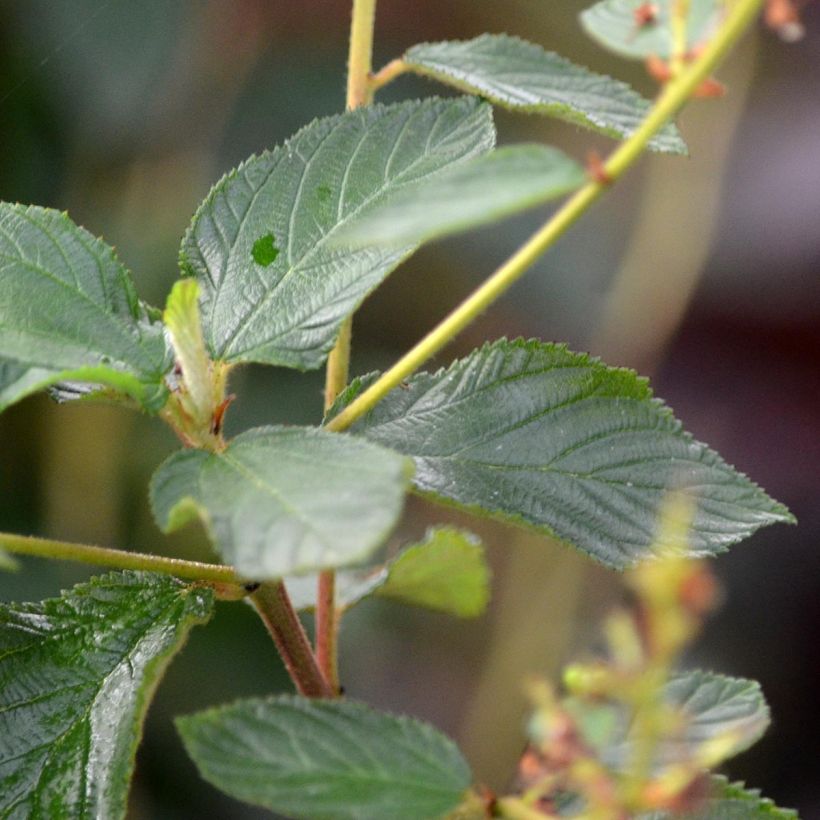

Plant habit
Flowering
Foliage
Botanical data
Ceanothus
x delilianus
Gloire de Versailles
Rhamnaceae
California Lilac
Cultivar or hybrid
Other Ceanothus
View all →Planting and care
The Ceanothus 'Gloire de Versailles' can be planted all year round, except during frost and heatwaves, in light and well-drained soil, preferably non-chalky, which remains slightly moist in summer. It does not like soils that are heavy clay and waterlogged, nor chalky soils that are poor and very dry in summer. Choose a sunny location sheltered from prevailing winds. In heavy soil, plant it on a small mound. At planting, mix planting compost and possibly gravel with your garden soil. Apply organic fertiliser and water generously for the first two years. It is an easy plant to grow in many regions as long as the soil does not retain moisture in winter.
Planting period
Intended location
Care
Planting & care advice
-
, onOrder confirmed
Reply from on Promesse de fleurs
Similar products
Haven't found what you were looking for?
Hardiness is the lowest winter temperature a plant can endure without suffering serious damage or even dying. However, hardiness is affected by location (a sheltered area, such as a patio), protection (winter cover) and soil type (hardiness is improved by well-drained soil).

Photo Sharing Terms & Conditions
In order to encourage gardeners to interact and share their experiences, Promesse de fleurs offers various media enabling content to be uploaded onto its Site - in particular via the ‘Photo sharing’ module.
The User agrees to refrain from:
- Posting any content that is illegal, prejudicial, insulting, racist, inciteful to hatred, revisionist, contrary to public decency, that infringes on privacy or on the privacy rights of third parties, in particular the publicity rights of persons and goods, intellectual property rights, or the right to privacy.
- Submitting content on behalf of a third party;
- Impersonate the identity of a third party and/or publish any personal information about a third party;
In general, the User undertakes to refrain from any unethical behaviour.
All Content (in particular text, comments, files, images, photos, videos, creative works, etc.), which may be subject to property or intellectual property rights, image or other private rights, shall remain the property of the User, subject to the limited rights granted by the terms of the licence granted by Promesse de fleurs as stated below. Users are at liberty to publish or not to publish such Content on the Site, notably via the ‘Photo Sharing’ facility, and accept that this Content shall be made public and freely accessible, notably on the Internet.
Users further acknowledge, undertake to have ,and guarantee that they hold all necessary rights and permissions to publish such material on the Site, in particular with regard to the legislation in force pertaining to any privacy, property, intellectual property, image, or contractual rights, or rights of any other nature. By publishing such Content on the Site, Users acknowledge accepting full liability as publishers of the Content within the meaning of the law, and grant Promesse de fleurs, free of charge, an inclusive, worldwide licence for the said Content for the entire duration of its publication, including all reproduction, representation, up/downloading, displaying, performing, transmission, and storage rights.
Users also grant permission for their name to be linked to the Content and accept that this link may not always be made available.
By engaging in posting material, Users consent to their Content becoming automatically accessible on the Internet, in particular on other sites and/or blogs and/or web pages of the Promesse de fleurs site, including in particular social pages and the Promesse de fleurs catalogue.
Users may secure the removal of entrusted content free of charge by issuing a simple request via our contact form.
The flowering period indicated on our website applies to countries and regions located in USDA zone 8 (France, the United Kingdom, Ireland, the Netherlands, etc.)
It will vary according to where you live:
- In zones 9 to 10 (Italy, Spain, Greece, etc.), flowering will occur about 2 to 4 weeks earlier.
- In zones 6 to 7 (Germany, Poland, Slovenia, and lower mountainous regions), flowering will be delayed by 2 to 3 weeks.
- In zone 5 (Central Europe, Scandinavia), blooming will be delayed by 3 to 5 weeks.
In temperate climates, pruning of spring-flowering shrubs (forsythia, spireas, etc.) should be done just after flowering.
Pruning of summer-flowering shrubs (Indian Lilac, Perovskia, etc.) can be done in winter or spring.
In cold regions as well as with frost-sensitive plants, avoid pruning too early when severe frosts may still occur.
The planting period indicated on our website applies to countries and regions located in USDA zone 8 (France, United Kingdom, Ireland, Netherlands).
It will vary according to where you live:
- In Mediterranean zones (Marseille, Madrid, Milan, etc.), autumn and winter are the best planting periods.
- In continental zones (Strasbourg, Munich, Vienna, etc.), delay planting by 2 to 3 weeks in spring and bring it forward by 2 to 4 weeks in autumn.
- In mountainous regions (the Alps, Pyrenees, Carpathians, etc.), it is best to plant in late spring (May-June) or late summer (August-September).
The harvesting period indicated on our website applies to countries and regions in USDA zone 8 (France, England, Ireland, the Netherlands).
In colder areas (Scandinavia, Poland, Austria...) fruit and vegetable harvests are likely to be delayed by 3-4 weeks.
In warmer areas (Italy, Spain, Greece, etc.), harvesting will probably take place earlier, depending on weather conditions.
The sowing periods indicated on our website apply to countries and regions within USDA Zone 8 (France, UK, Ireland, Netherlands).
In colder areas (Scandinavia, Poland, Austria...), delay any outdoor sowing by 3-4 weeks, or sow under glass.
In warmer climes (Italy, Spain, Greece, etc.), bring outdoor sowing forward by a few weeks.































